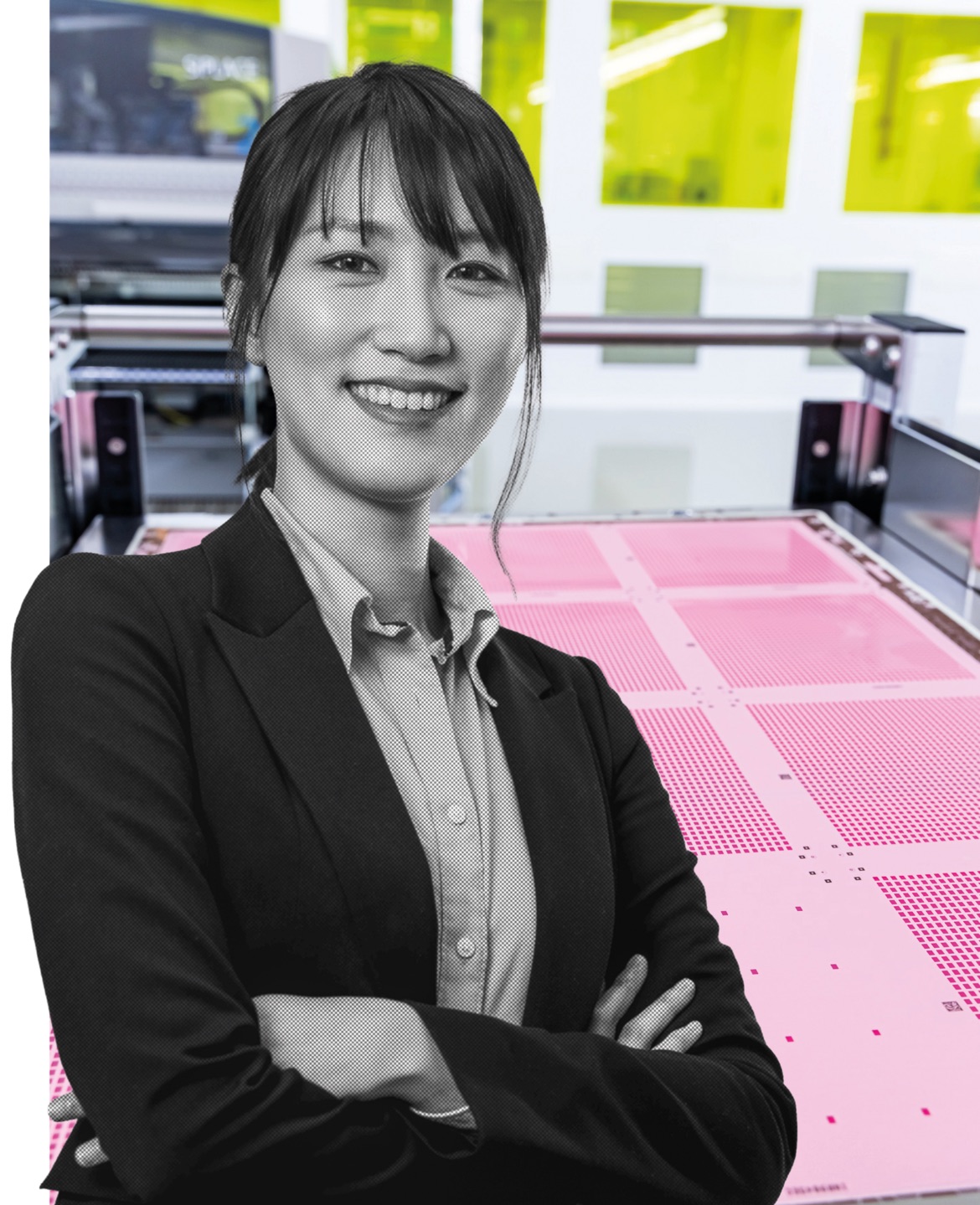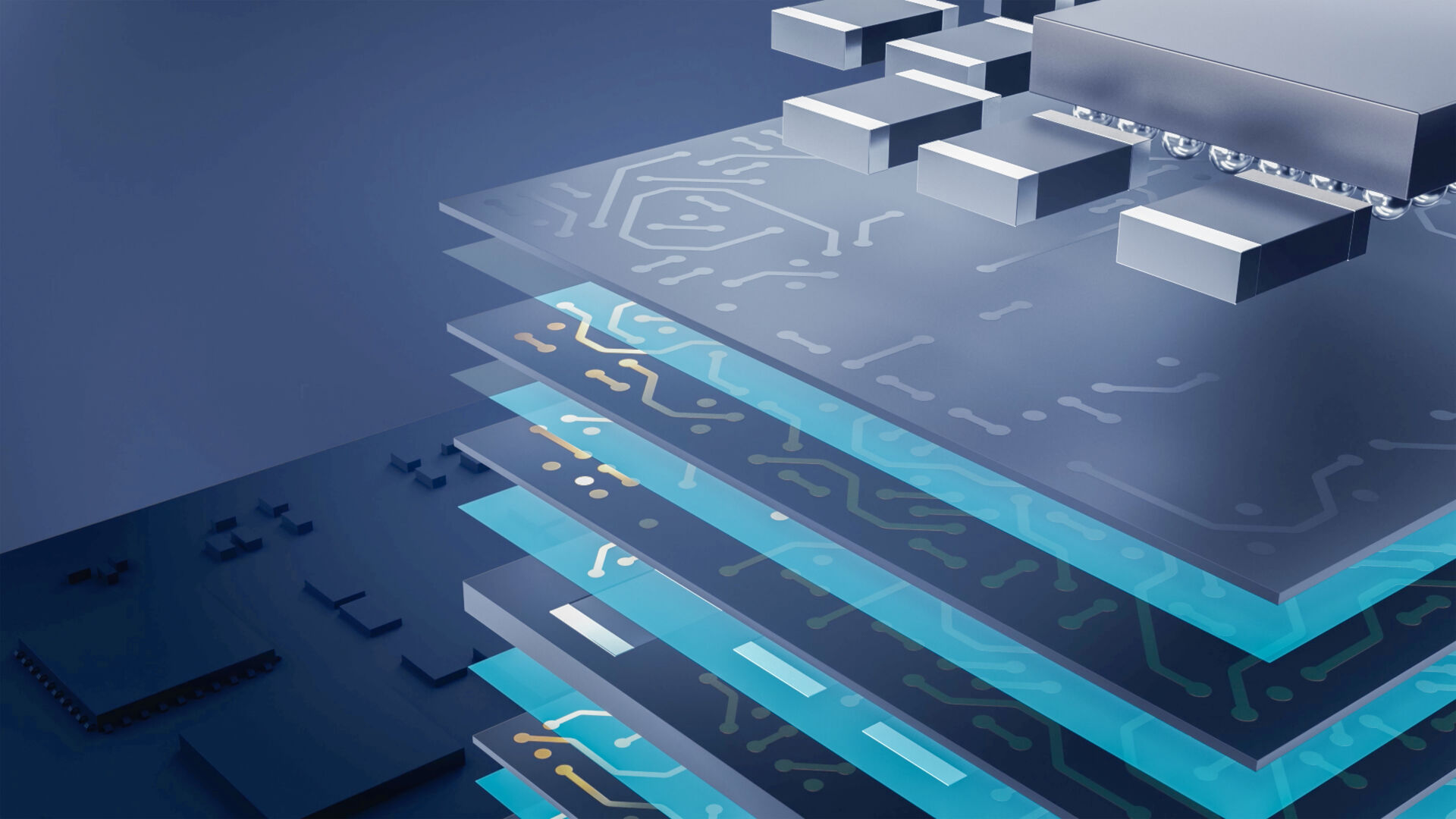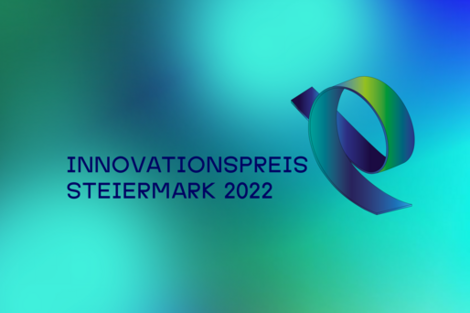Faster, smaller, more powerful: the amount of data we produce and process across the world has exploded over the past few years and will continue to grow rapidly. As a result, the requirements for data processing and communication infrastructure will also increase. High-tech products by AT&S ensure that data centres and mobile networks will be able to cope with the current and future flood of data. Our products make processors more powerful and speed up wireless data transmission.
WE DEVELOP THE INTERCONNECT SOLUTIONS OF THE FUTURE. Many innovative solutions for mobility, future mobile communication generations and sophisticated technology have one thing in common: they only become possible through the latest developments by AT&S. The requirements regarding speed, performance and efficiency are increasing in all applications, from hi-res video conferences to augmented reality, from autonomous driving to telemedicine, from smart factories to comprehensive industrial control systems. Thanks to consistent technological advancement, AT&S can always offer its global customers the most innovative, state-of-the-art solutions.
One of the most exciting developments is the trend of enabling the processing and analysis of data directly where things are happening, “at the edge”, consequently also expanding the cloud. This includes basically all applications whose growing workloads are linked to 5G, the Internet of Things and real-time analyses. By moving intelligence closer to where data is created, the overall performance can be improved and, above all, made more secure. Prime examples of the advantages of edge computing are therefore applications requiring a response in real time. Smart cities, for example, where smart traffic management systems communicate with (partially) autonomous vehicles, urban rail systems and emergency systems, promise new safety standards for all road users. Based on sufficient onboard computing power and efficient C2X communication, life-saving reactions will be possible within milliseconds in the future. But edge computing will set new standards in all dimensions: on a small scale, for example, in the healthcare sector by transmitting data of tiny sensors and wearables; or on a large scale in industry, from robot-assisted manufacturing to process, machine and building safety. Artificial intelligence and machine learning also lead to the rapid growth of edge computing applications.
TRENDS AND AT&S DEVELOPMENT FIELDS
_Miniaturisation and functional integration: Electronic devices are continuously becoming smaller and lighter, but also increasingly more powerful, and fulfil ever more functions. We create the basis for this development, for example through solutions which increase the packaging density and efficiency of the overall system.
_Fast signal transmission: New interconnect solutions enable signal transmission with minimal losses and low latencies. They make a crucial contribution to achieving optimum signal integrity at high data transmission rates of more than 10 Gbps or in high frequency ranges of more than 30 GHz. As a result, applications become more precise and energy consumption is significantly reduced.
_Performance and performance efficiency: In electrification, there is currently a strong trend towards carbon-neutral energy production, new energy source systems and electricity-based forms of propulsion. AT&S focuses its development on systems which enable optimum power supply with the lowest electrical losses.
_Manufacturing of the future: Industrial production processes will increasingly be organised using artificial intelligence (AI) and focus on sustainability aspects. We are working on new solutions which allow efficient and flexible manufacturing with minimum resource consumption (material, water, energy, etc.). In doing so, large data volumes are put to use digitally in order to optimise and improve processes.
Waveguides: READY FOR THE NEXT generation of Mobile communication.
What comes after 5G? AT&S is making an important contribution to the development of the mobile communication and radar technologies of tomorrow, and is already working on 6G. In the past, the growing demand for bandwidth has, among other things, led to the use of ever higher frequencies in mobile communications. Although they have a lower range, they can transport significantly more data. The 5G networks which are currently being built will use substantially higher frequencies in metropolitan areas than the infrastructure of preceding generations. However, if frequencies continue to increase, even these approaches will reach their limits at some point. This is why AT&S is already developing processes to enable the efficient transmission of signals with an even higher frequency. Waveguides play an important role here: they are hollow metal structures which conduct electromagnetic signals with virtually no loss. AT&S can integrate waveguides directly into printed circuit boards for data transmission at very high frequencies ‒ thus paving the way for 6G and more.
MiniaturisAtion: the world’s smallest Digicam.
In the medical technology sector, miniaturisation is a decisive component: the smaller the device for diagnosis or treatment, the gentler it is for the patient. AT&S contributed to the development of the world’s smallest digicam with an image sensor of 1 mm² in size and weighing 1 gram. Not only can it be built into smartphones, VR cameras and other wearables ‒ it can also be integrated into medical devices such as endoscopes. The image sensor creates sharp pictures of 100,000 pixels, but power consumption is only low thanks to the smart interconnect architecture. AT&S considers this product development a special success: firstly, the AT&S hardware design team created the layout. Secondly, the interconnect design was realised using ECP technology (Embedded Component Packaging). ECP enables both active and passive components to be integrated into high-tech printed circuit boards on minimum space in such a way that they virtually “disappear”.
AWARDED: Innovation Prize for flexible Mini printed Circuit Boards.
In Austria alone, 1.8 million people suffer from a hearing impairment, and only about 400,000 of them wear a hearing aid. This is partly due to the poor reputation of these devices in the past, which often only provided limited relief in everyday life; moreover, they were big, noticeable and chunky. Modern, miniaturised hearing aids carry numerous microchips. They communicate with smartphones and cars and will soon translate conversations simultaneously. AT&S’s innovation starts at the intersection of these trends ‒ miniaturisation and growing complexity: we developed a mini PCB from special materials which meets both requirements at the same time. The system of a flexible printed circuit board and its associated adapter mini PCB is compact and gives manufacturers maximum freedom. In March 2022, this made AT&S the first winner in the digitalisation category of the brand new “Innovationspreis Steiermark” (Innovation Prize Styria), which awards the best projects of Styrian companies and research institutions.

![[Translate to English:] Eine Grafik einer Druckerpresse](/fileadmin/_processed_/0/2/csm_At_S1-0120_110840f104.jpg)





